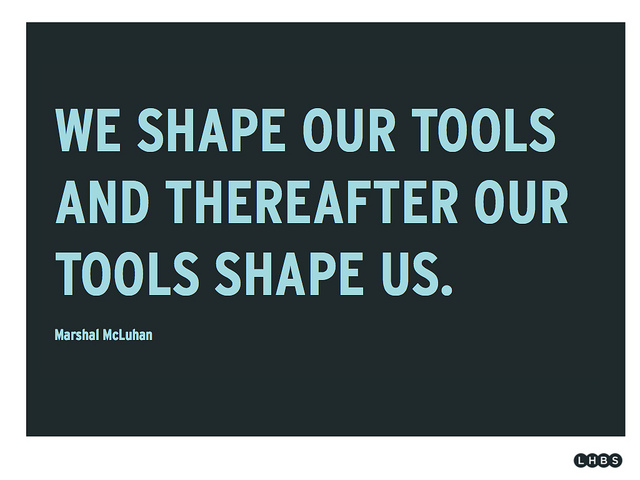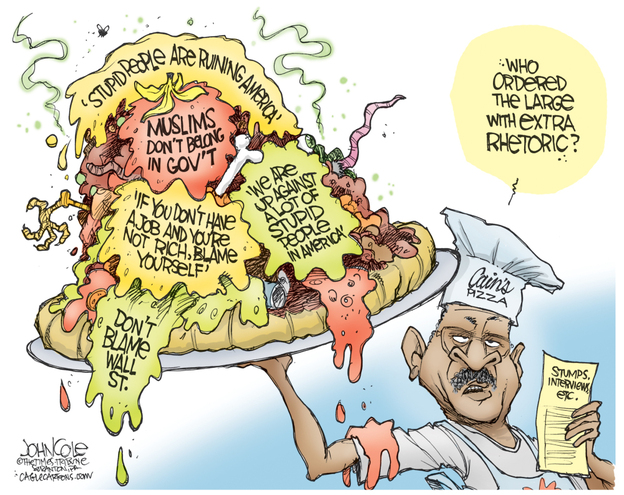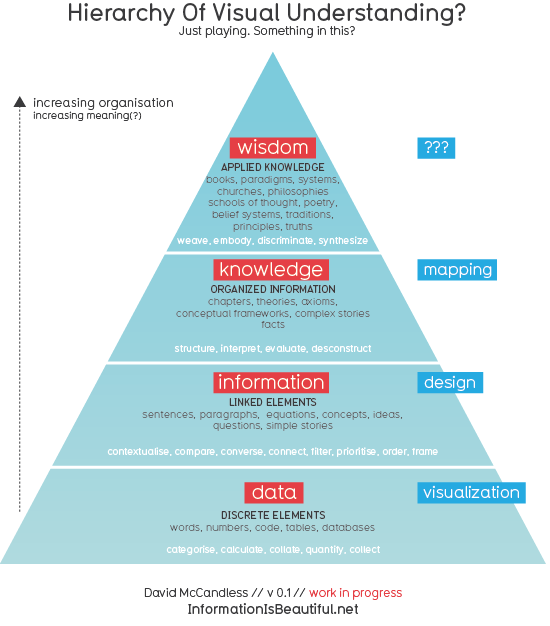I don’t actually love the “I heart” expression, but it comes close to my warm, fuzzy feelings of affection for the NewsHour. After going years deliberately, steadfastly refusing to watch television news, I’m now hooked on my nightly PBS fix. (People are beginning to understand that I won’t talk to them between 6 and 7pm est. And the discovery that it’s replayed at 10 on PBS-2 has been a real relief for those days, like Fridays, when I can’t make it.)
Even when it’s depressing, and it often is, it’s reasonable, calm, thoughtful. There are no flashy graphics, tickers, or sound effects. There are no commercials. Gwen and Judy and Kwame and Jeffrey and Margaret and Hari and Ray are smart and sharp but never showy. They are reasonable. Coverage of national and global news–not just the big stories of the day, but actual journalistic inquiry into major issues–acknowledges disagreement without dogmatic bickering; it brings in actual experts in their field to discuss complexities rather than (usually) yell talking points (talk yelling points?) at each other. Even the most argumentative figures (like Newt Gingrich) know that when they come to PBS, the best rhetorical move is to remain calm and try to appear intelligent and nuanced…. reasonable.
It has restored my faith in “the news” in a way that I am daily, sincerely grateful for. It’s definitely made me smarter. I also think it’s made me a better teacher, citizen, and person. Seriously.
So it was a pleasure, today, to have Judy mention commentators Brooks and Shields’ recent award, the inaugural Allegheny College Prize for Civility in Public Life. (The award sounds nice and is also limited: it recognizes the importance of respecting different viewpoints and pursuing reasonable discussion, but it deems “Democrats” and “Republicans” the categories within which public discourse fits. Problematic on a few levels. But still, it’s a good sign. Or a sign that things are so bad…) I enjoy Brooks and Shields and their insights, and I often even forget that one is “right” and the other “left” because they tackle topics with such clear-sightedness. They seem reasonable, and they make differing viewpoints seem reasonable. So it was cool to have that recognized.
And their response was to credit PBS, and the Lehrer and MacNeil NewsHour legacy in particular, for raising the bar of discourse, for setting a standard that they just try to live up to:
But we are the beneficiaries of the standards laid down by Robert MacNeil and Jim Lehrer. I mean, we literally stand on the shoulders of giants. It was they who demanded and insisted upon a standard of civility in dialogue which permeates this whole show and has been the gold standard, in my judgment.
So I’m grateful, but I’m appreciative. We stand as proxies for them.
Some days the news is less depressing.





